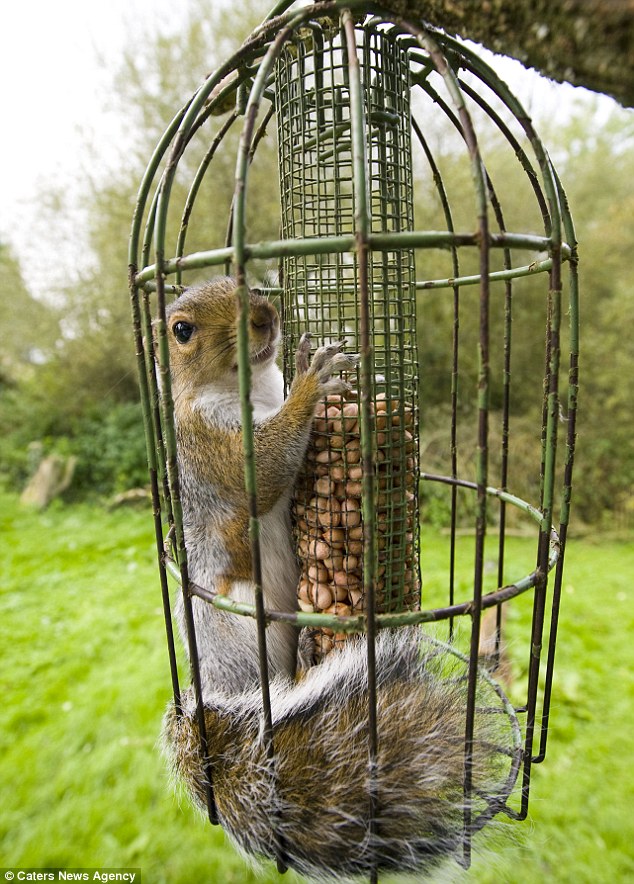
This is an unsuitable bird feeder!
Overall, people feed wildlife in order to interact with nature. Many people love the thrill of seeing animals that are not commonly encountered on a daily basis, which is why they attempt to interact with them. Tourism, research, management, and opportunistic feeding are the main types of wildlife feeding; all having advantages and disadvantages towards animals and humans. Humans may assume they are aiding in the animals’ survival by feeding them, however, wildlife feeding may actually be a silent cause of animal deaths.
Here are some suggested implications to protect wildlife:
- Cleaning after ourselves after eating food outdoors to prevent animals from consuming crumbs and food scraps from litter
- Cleaning residual food off of recyclable cans, bottles, and food wraps to reduce food odour that could potentially attract wild animals
- If we decide to place bird feeders in our yards, be sure to provide suitable, quality seeds to ensure the healthiness of the birds
- Placing bird feeders that aren’t accessible to bears or deer
- Resisting wildlife feeding in general. If the action is not performed, there will be little human contribution to disease transmission amongst wild animals and people, poor overall health of animals, and animal nuisances for humans
- Observing wild animals from afar to prevent disruption to their natural habitats
- Providing more education and awareness on wildlife feeding issues, so people can understand the risks and consequences
